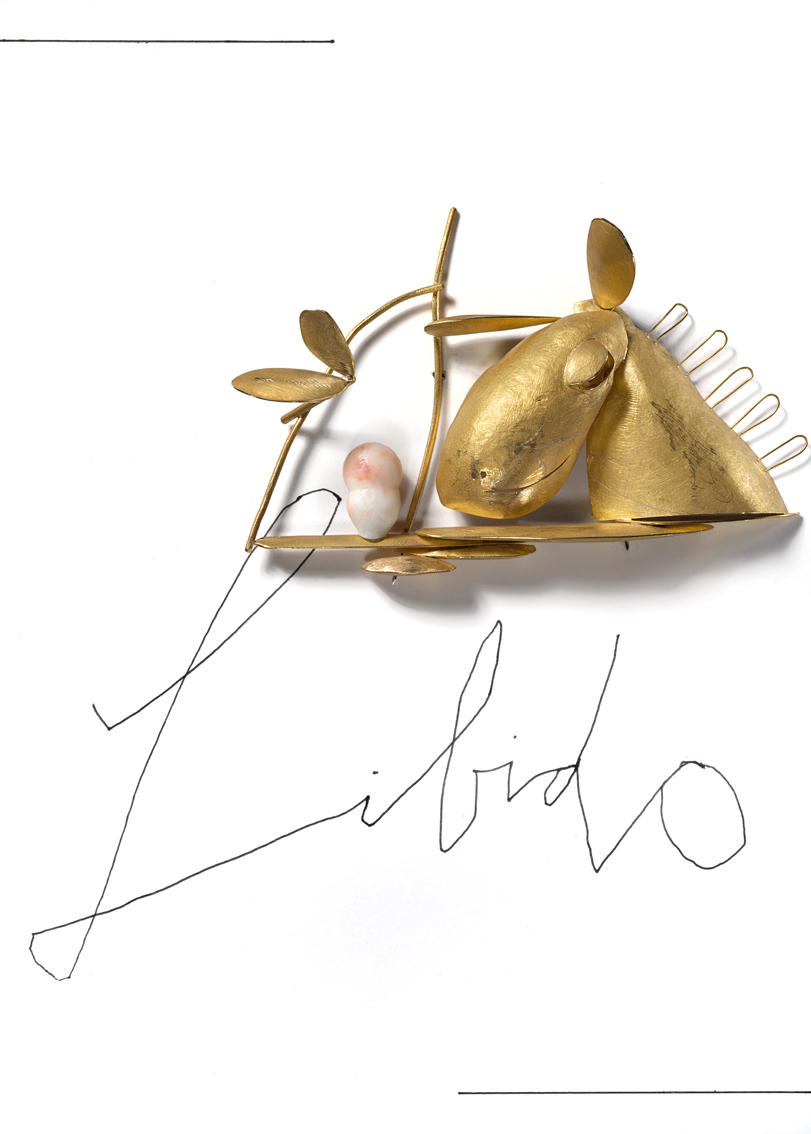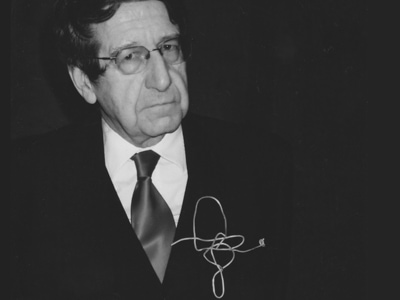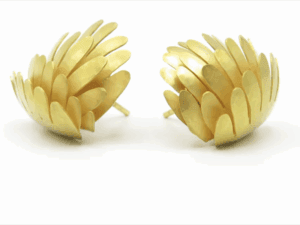
Died March 30, 2015, Siena, Italy
“Beauty belongs to everyone”
I like to share it with my friends.
Manfred Bischoff passed away during the Holy Week.
No one can visit him in Tuscany anymore, in his home in an orchard deserted by the Capuchin Friars, with its the exterior walkway flanked by tomatoes, lemon trees, and a dwarf olive tree. His home at first seemed to be a normal place, but was then transformed into his personal space in which dream and existence, feeling and thinking, art and friendship could not be seen separately anymore. His strong creative drive had not only captured the space but also life itself. Whoever came to visit was privileged to experience a happy state of exception, in which every conversation was an extreme experience.
Manfred was born in the Black Forest, in Schömberg/Calw. For many years, the light of Tuscany played an important role in his work. He held dual citizenship, both German and Italian.
After a goldsmithing apprenticeship, Manfred went on to study with Reinhold Reiling in Pforzheim and with Hermann Jünger in Munich. Nevertheless, he does not belong to the second but to the first generation of New Jewelry. No one before him made it so clear that jewelry making cannot take an attitude of disinterested pleasure but instead needs to explore its unfathomable figurative nature in order to become more than just a decorative accessory, to become an intrinsic part of people’s lives. After numerous honors and exhibitions, Manfred was regarded as a “classic” at Schmuck 2011 in Munich.
Younger but now also well-known jewelry artists respect Manfred Bischoff as a teacher. No museum focusing on jewelry could ignore his oeuvre.
For all his life, Manfred was confronted with doubts and unanswerable questions, at times even dead ends. Many years ago, he wrote along the bottom edge of an empty sheet of paper: rock bottom.
His melancholy necessitated constant self-examination, and he never ceased to ask himself the questions that have always accompanied mankind through the ages. His work could only be based on that.
However, his faith in something that everyone else doubted was unshakeable: the value of beauty and the value of jewelry, always in relation to the highest level of communication, in freedom and beauty. When he felt hopeless, a saying pointed the way: “The exit is at the entrance.” It helped him to escape futility and to remain open for a new start.
Manfred was an excellent draftsman. In the past decades, he drew a background for each of his pieces on a white A4 sheet, determining the contents in a drawing and writing a title in awkward penmanship that he claimed was not similar to his usual signature. The piece of jewelry was simply placed on top of that drawing, which represented a play of notions, impressions, and memories, but also of historic and scientific references. These background drawings, which were always confusing and offered a wealth of possible interpretations, contained Manfred’s innermost relationship with his pieces.
But his pieces always worked without that background, too. They are creations that enter another person’s life. In spite of their figurative aspects, they can never be fully described, but they are mostly serene, sometimes a little tired, always calm and with an aura of immortality. They float, together with the person wearing them, detached from the earth but also from heaven. They always remain close to humanity.
It is quite obvious that Manfred’s creations are connected to things that existed or still exist. Even if we don’t know how, they feel familiar. Often they have one or even two titles, and they seem to have a hard time deciding which one they should choose. (Manfred used to smile when a wearer gave another name to one of his pieces.) Everything seems strange at first, but then it is really quite close with its myths, parables, and symbols. The person wearing the piece knows that it is hers.
He knew the ecstasy of love. But when it came to his work, he invoked the less passionate, Platonic-Socratic Eros. He wanted the fruits of his creativity to be part of human existence. Wherever there are humans, there is community, and joy and comfort are needed. The feelings of sharing are important, as is the ability to express oneself deeply and comprehensibly. Manfred has equipped his pieces with both in a beautiful and dignified way. “What more felicity can fall to creature, than to enjoy delight with liberty?” We will never cease to thank Manfred for that.





